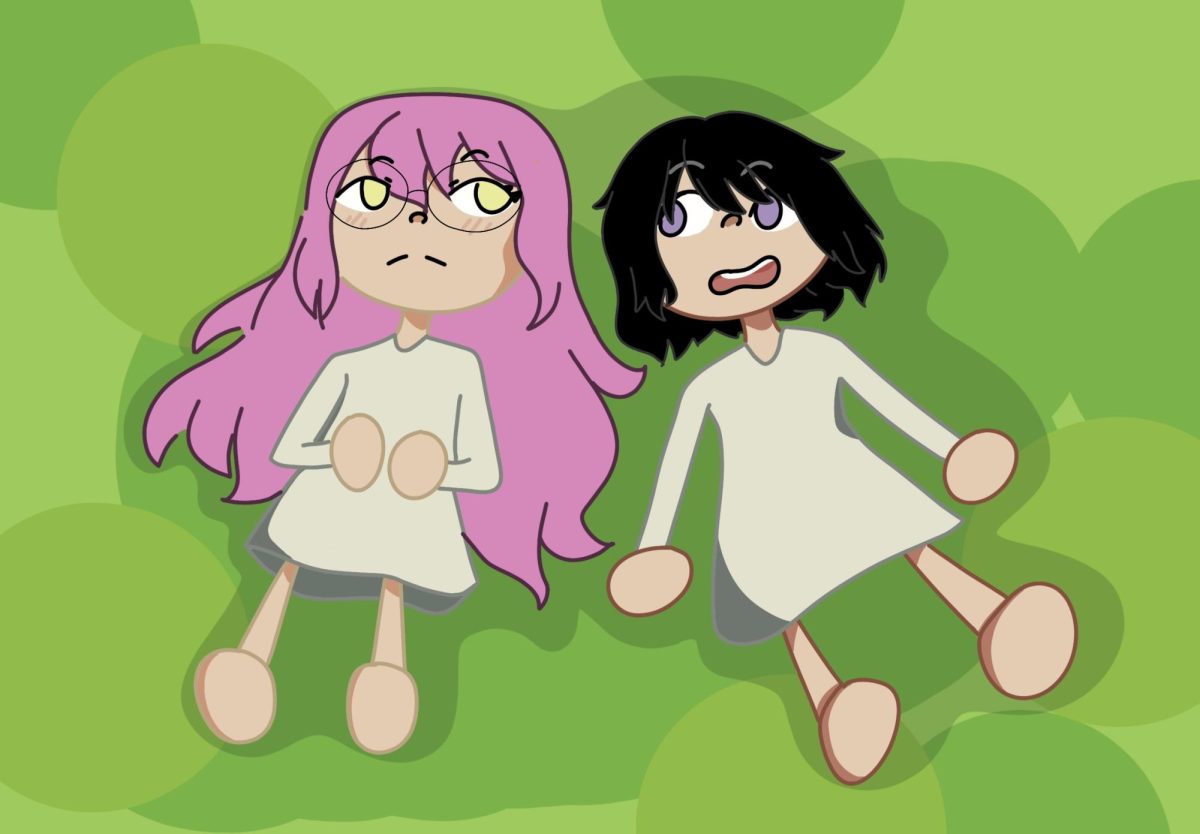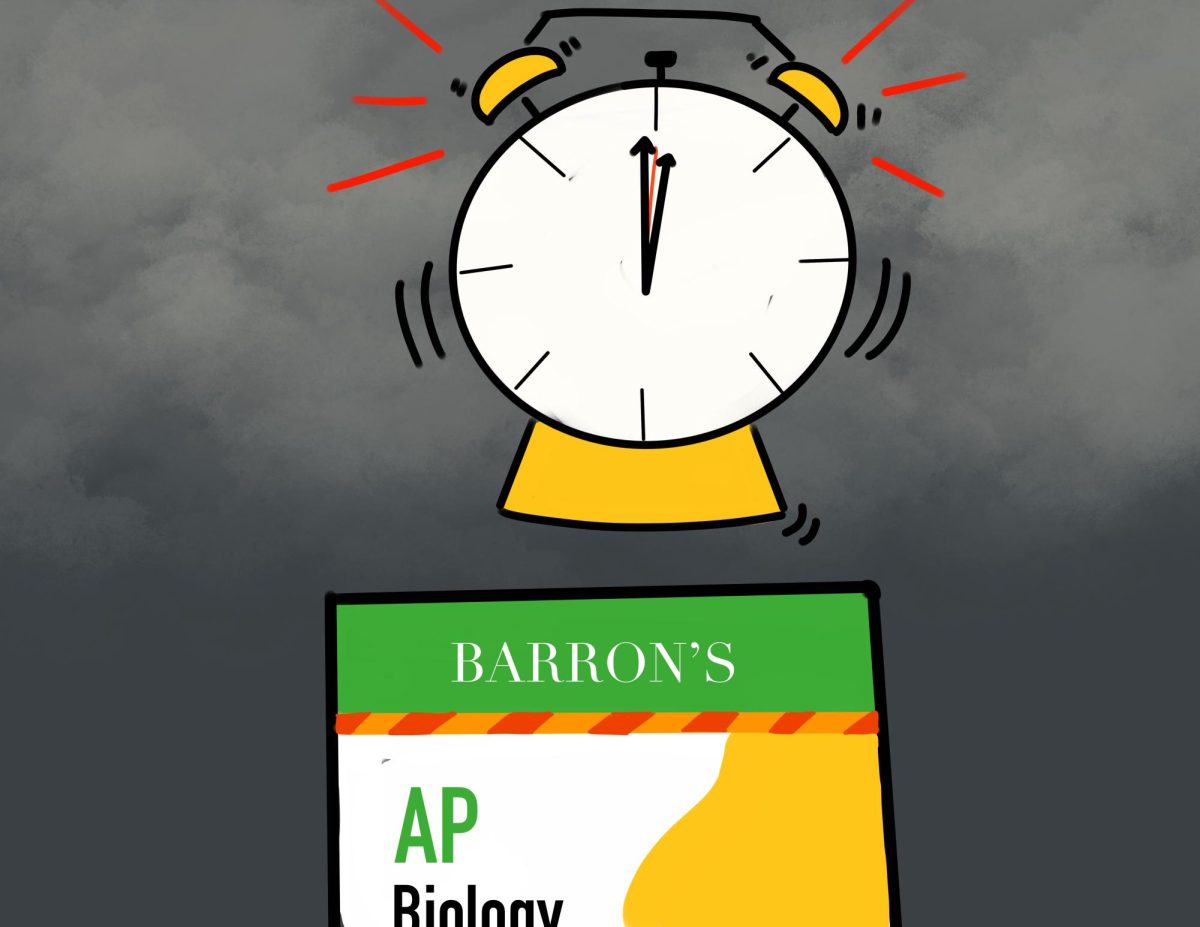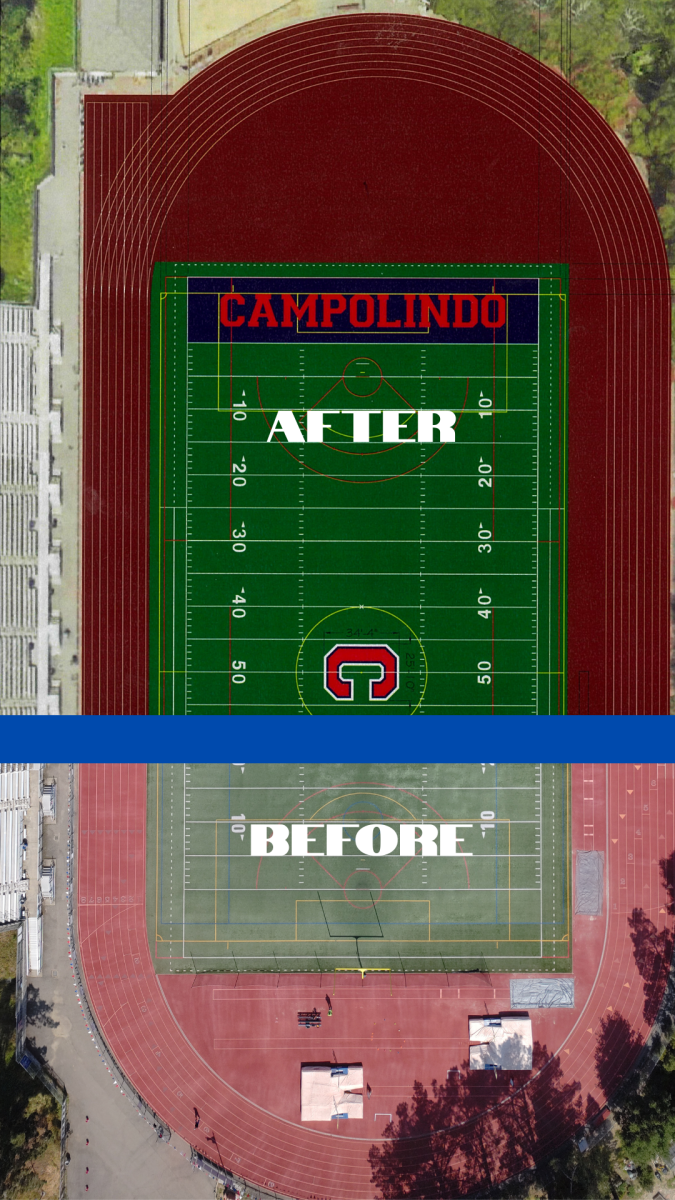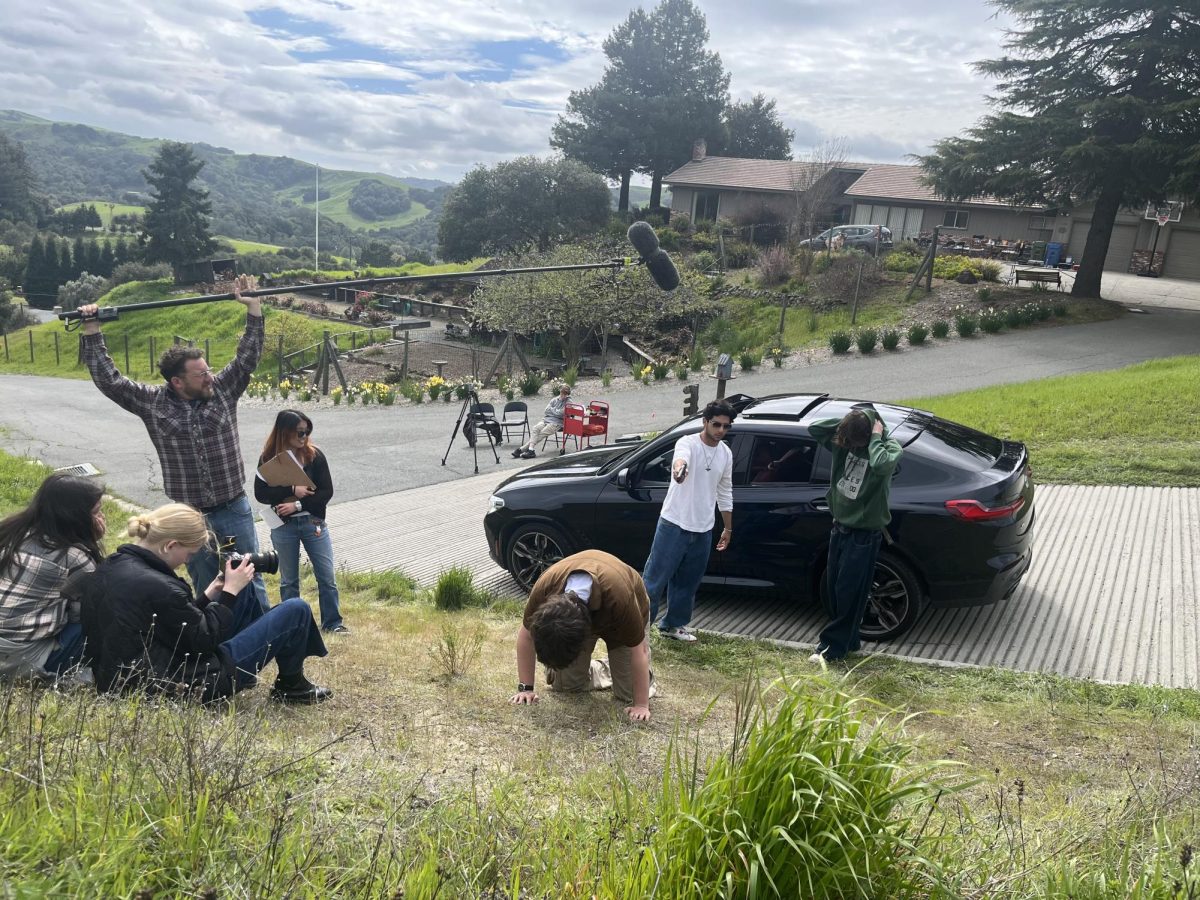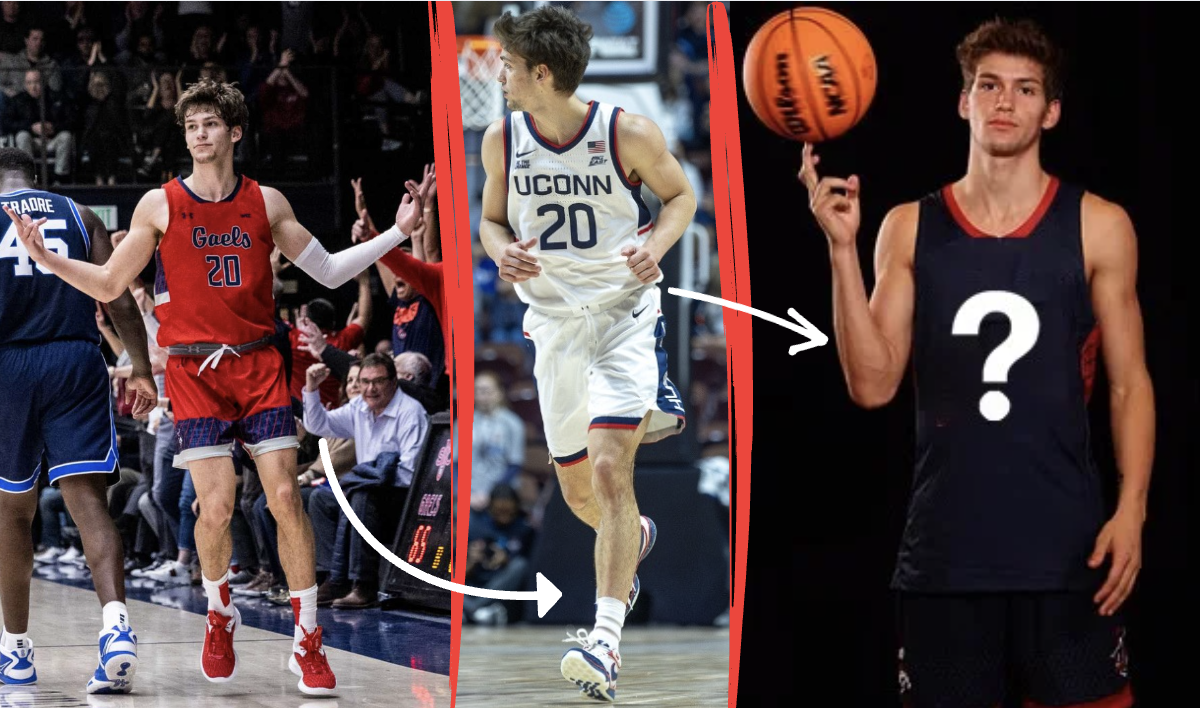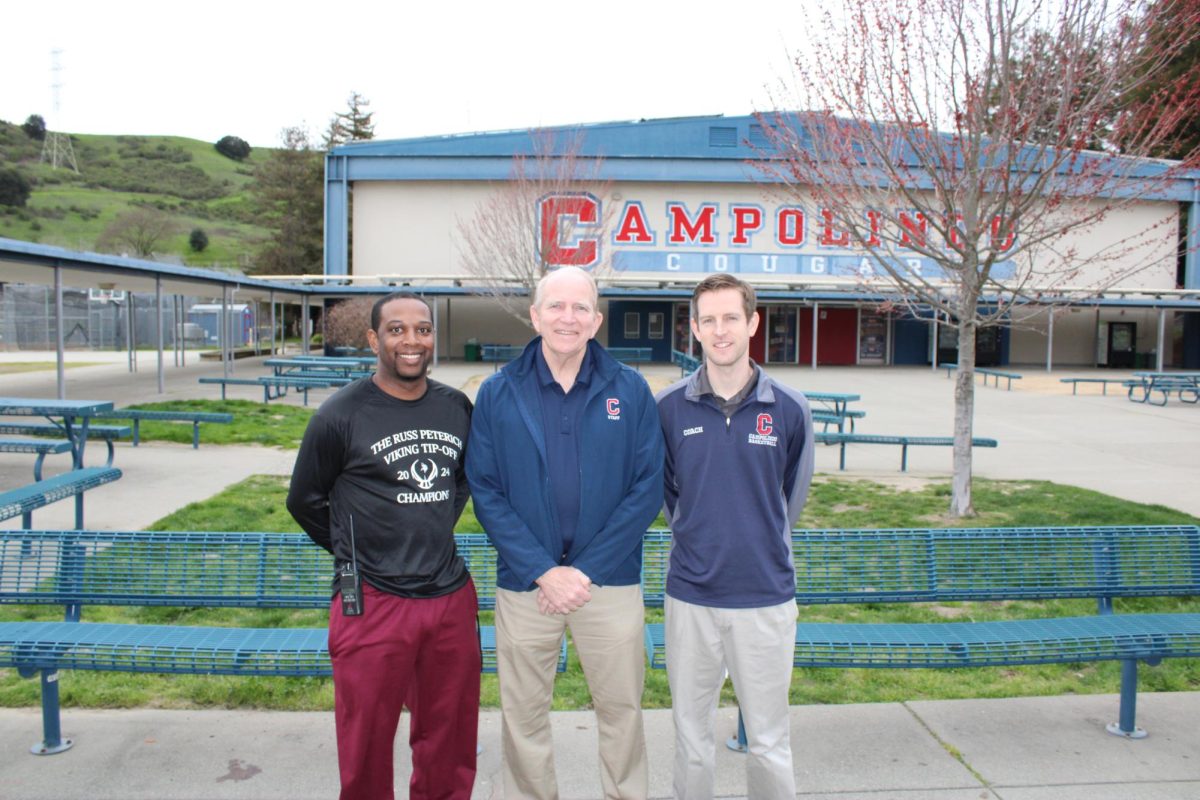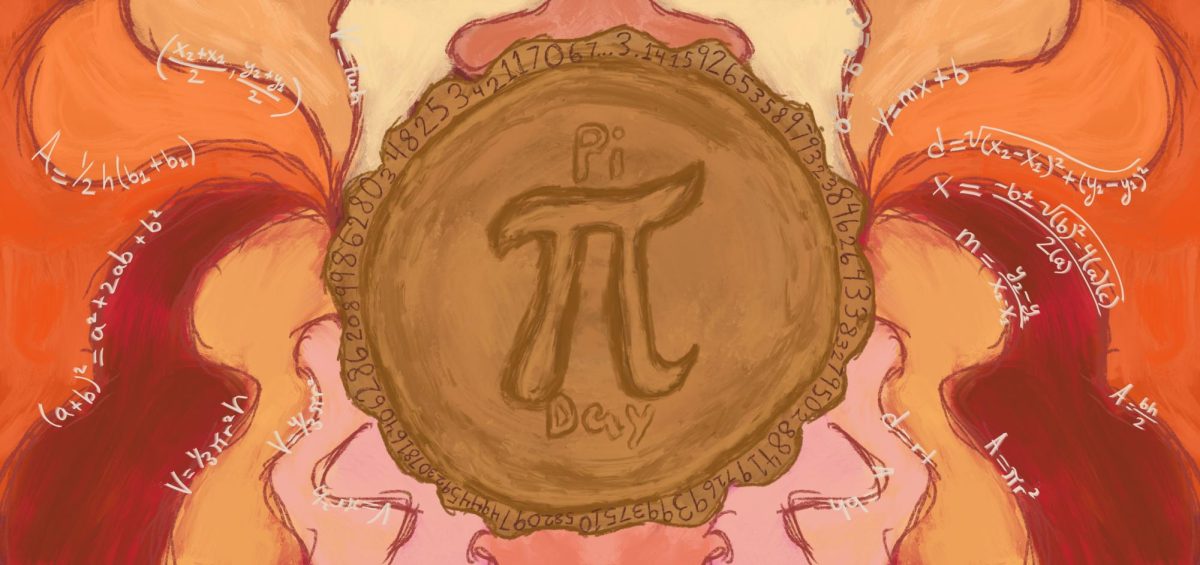2020 was a pivotal year for numerous reasons. A worldwide pandemic caused a global lockdown, the presidential election turned our political landscape upside down, and the Black Lives Matter movement was reignited nationally. More locally however, Campolindo High School began to receive increasing criticism for its culture that seemingly lacks sensitivity towards minorities on and off campus.
It was a video of Campo students laughing while using the “n” word referring to African Americans that sparked severe criticism towards the school. The video was released publicly on an instagram account which was originally viewed by the student body, but quickly turned into a county-wide scandal. This instagram account did not stop at this one video, and began posting numerous videos of other students at Campo saying the same or similar racist things, titling itself “@camposracist”. This became a test for many to see how Campolindo would react, considering there was much discontent with how the administration had handled similar situations in the past.
It became clear that the school had to respond and do something. One response was the creation of the Bias Incident Reporting System (BIRT) to allow anonymous submissions of misconduct on campus. “BIRT was launched at Campo partly in response to the 2020 videos, but also with the intention of addressing school culture issues and reducing harm through anonymous reporting,” said original BIRT board member and AP Comparative Government teacher Dino Petrocco.
While good in theory, many students did not take BIRT seriously and would report fake incidents in an attempt at being funny. This lowered the legitimacy of the program because many felt like their reports would not be taken seriously or viewed as a joke.
Another way the Campo administration attempted to deal with the situation was in educating its students through equity lessons. This idea came during peak pandemic times with the entire student body stuck doing online school. These equity classes were presented via students’ cohort classes twice a quarter. The class consisted of slides and videos educating students on issues surrounding race and equity.
After three years of equity lessons, each year seemingly more diluted than the year before, the administration decided to stop these lessons, as it was rumored that students were again not taking them seriously. Instead of replacing these lessons, the school decided to try and implement these teachings inside the curriculum. “I think our strongest response as a school community to things that may have occurred in the past is if you look at our curriculum, and you look at how we have infused elements of current real world educational components into our education here at Campo, it’s probably the biggest thing that we’ve done,” explained Principal Peter Alvarez.
All of this leads to several questions: Are teachers implementing adequate and uniformed conversations on race? Will learning about racial sensitivity in a classroom setting be enough? While these programs may be well intentioned, is there more that needs to be done?
President of the Black Student Union and senior Kaya Tong thinks that there is still work to be done in order to properly integrate racial education into Campo’s curriculum. “We do talk about African American history, but I think we should add in positive experiences of black people in America, like maybe successful business-owners, or just keeping it on the positive side rather than focusing on the very negative side,” Tong said. Another goal that the BSU wants to implement is meeting with middle schools in the area to educate and work with these kids before they enter high school.
We’ve seen more examples of this unfortunate behavior again in this current school year, with many people expressing that this behavior has been met with feeble punishments. An incident that happened recently was when two white members of a varsity sports team deemed it appropriate and funny to come to school with their hair braided in cornrows and sporting durags, a prominent African American hairstyle. While it’s easy to just blame these students and treat what happened as an isolated incident, it is necessary to think about why it happened in the first place. The root of this issue comes down to the community and what part of the culture of this school allowed it to happen.
“When you live in this little bubble, the fact is that you don’t have any other experiences outside of that. I think it just limits things and I also think that there’s a certain amount of youthful hubris and arrogance there. That’s part of our responsibility as adults on campus, or even their own peers, to let them know that you actually can’t [do certain things],” remarked Petrocco. Growing up in the bubble that is Moraga has both its advantages and disadvantages. On one hand, you have access to this amazing public education system in a safe community. But on the other hand, you are so sheltered that it causes ignorance to many real world issues, making it hard to break this bubble.
There are different ways to try and break through this ignorance: some examples being through education and consequence. A big thing that many students and peers believe is missing surrounding these continuous racist issues is the lack of or improper consequences. While Campo is quick to catch these issues before they spiral, the long term repremends remains unseen. “The action is quick, but the result of the consequences I don’t think is enough. There might be some more educational part that we should be doing, or maybe just a more specific punishment, or just a consequence in general,” said Tong.
While Campo definitely has a long way to go in order to shed their nickname given by rival schools of “Campo’s racist,” it is important to acknowledge how far we have come. The fact that we are having safe conversations regarding ways in which we can improve as a community when it comes to racial justice is a hopeful sign. “I think that the thing that we celebrate is that when something happens within our school community now, we at least have the courage and the ability to have the conversation to make ourselves better,” said Principal Alvarez. What gives me hope is that Campo has the resources and institutions to combat these issues, but now just needs to take more action in order for its students to be properly educated around certain aspects about race and privilege.
Challenging race relations are not isolated to Campolindo and our community. It is prevalent in many Bay Area communities, nationally, and even globally. We can’t change the world (at least not yet), but we can act locally. We can demand a discussion at Campo and hold each other accountable for our actions.
